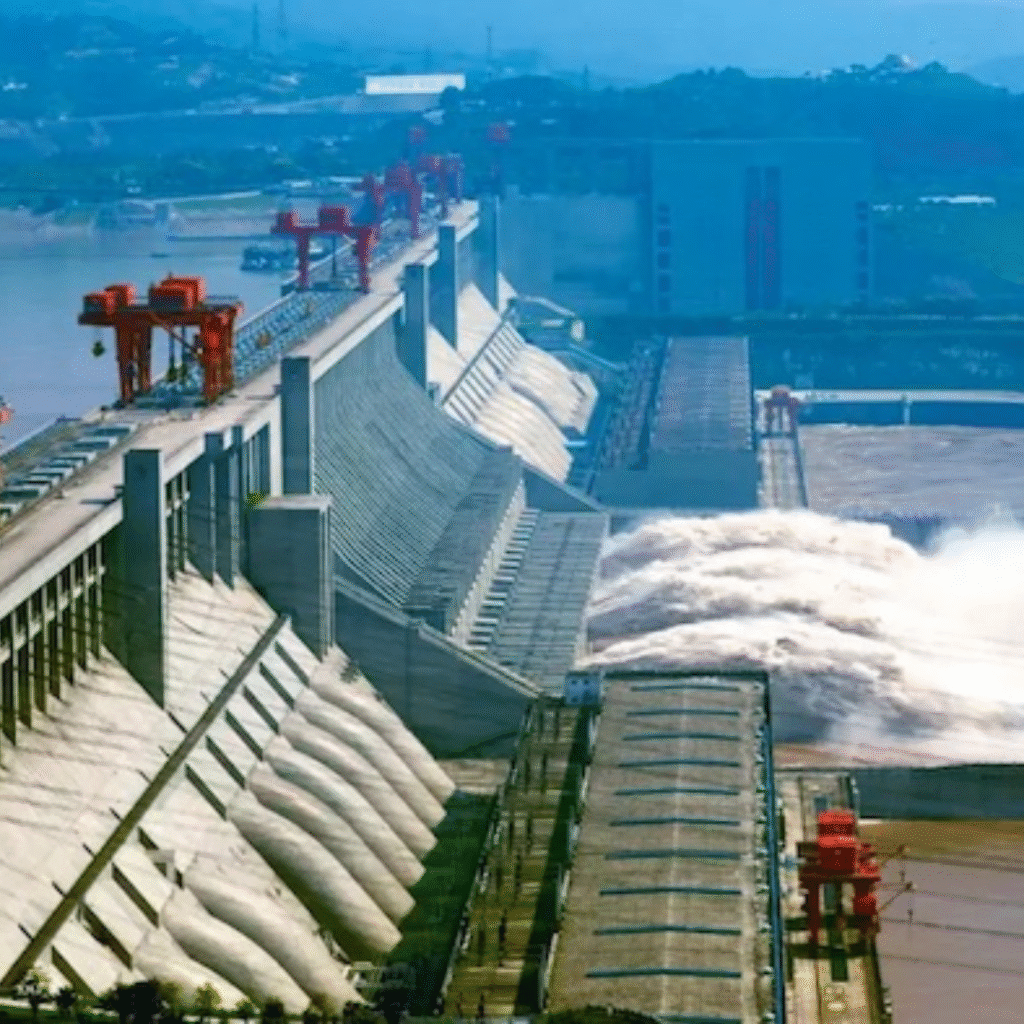Information
China has officially commenced construction on what is expected to become the world’s largest hydropower dam on the Yarlung Tsangpo River, situated at the eastern edge of the Tibetan Plateau. Premier Li Qiang made the announcement during a ceremony covered by state media, citing the country’s goals of expanding renewable energy, reducing carbon emissions, and promoting economic development in Tibet. The massive $170 billion project will include five cascade hydropower stations and generate approximately 300 billion kilowatt hours of electricity annually, an amount comparable to the entire annual electricity consumption of the United Kingdom. The energy produced will primarily be exported to other regions, though local needs in Tibet will also be addressed.
The dam has drawn sharp criticism and concern from India, Bangladesh, and environmental NGOs. As the Yarlung Tsangpo flows into India and Bangladesh as the Brahmaputra River, millions depend on it for water and agriculture. These downstream nations fear the dam could disrupt vital ecosystems and livelihoods. India’s Foreign Ministry has formally raised the issue with Beijing, urging that the project should not harm downstream interests. NGOs echo this sentiment, warning of irreversible damage to the ecologically sensitive plateau. Despite these concerns, Chinese officials insist the dam will not negatively affect downstream areas and have pledged to maintain communication with affected countries. The dam is projected to be completed and operational in the 2030s.
Source: Reuters, AFP, KNA
So What
This dam likely serves two main purposes for China. First, as stated, it provides electricity to Tibet and the surrounding regions. Second, it gives China control over the waterways that flow into India and Bangladesh. This control over water resources could potentially be used to exert pressure during times of heightened tensions, as has been observed in the past. Bangladesh, in particular, is vulnerable to this pressure due to its large population and limited access to fresh water.
Follow us to join the intelligence community!

